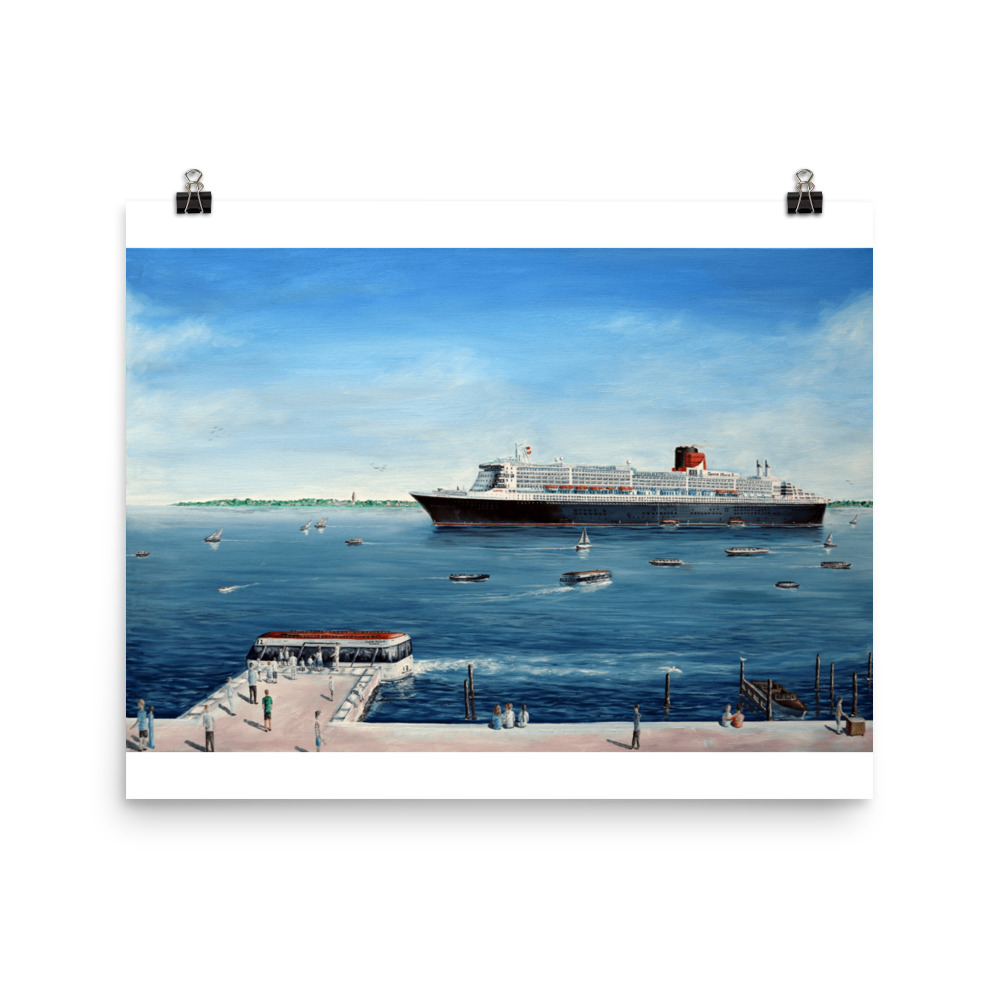
Source and destination address, and the protocol fields, to identify The internet identification field (ID) is used together with the You get the entire message passed to the app and not fragments as stated here An Introduction to the HTTP Protocol for beginners.Understanding the TCP/IP Protocol suite.The choice of TCP vs UDP is made by the application developer in accordance with the application connection requirements. UDP is a connection less protocol and does not guarantee message delivery. TCP is a connection orientated protocol and provides reliable message transfer. TCP and UDP are both transport layer protocols. The range is usually 49152 through 65535 but does vary see Wiki Summary An ephemeral port is typically used by a client when it connects to a server. Q- What is an ephemeral port?Ī- It is a port that is only used for short period. Q- Does UDP have an Handshake mechanism?Ī- No Q- Are TCP ports different than UDP ports?Ī- Yes a machine can be communicating on UDP port 2000 and TCP port 2000 at the same time. The diagram below is meant to illustrate this: Common Questions and Answers Q- Can I change what protocol my application uses?Ī- No the choice of transport protocol is done by the application developer. IP address + protocol (TCP or UDP) + port number. You can have an application running on a computer using TCP port 80 and another application using UDP port 80. TCP and UDP portsīoth TCP and UDP protocols use ports. There is a good diagram of both headers here. The source port field is used to reply to the message. Both the UDP and TCP header contain 16 bit source and destination Port fields. The UDP header (8 bytes) is considerably much smaller than the TCP header (20 bytes). The use of UDP is expected to increase with IOT as sensor type data is ideal for sending via UDP vs TCP.įor more details there is a very useful side by side TCP/UDP comparison. Utility applications like DNS, DHCP, RIP and others use UDP.

In addition it doesn’t consume resources on the receiving machine as it doesn’t hold a connection open. Any error detection and recovery is the responsibility of the receiving application.īecause there is no connection setup, UDP is faster than TCP and results in less network traffic. UDP does not correct or recover errors in the message. With email or a written message you send your message, but have no idea whether or not that message was received. You can liken UDP to email or the normal post. HTTP,FTP, SMTP, POP3, IMAP4 and many other common Internet application protocols use TCP. TCP is used by application protocols that need guaranteed message delivery. Just as with a telephone connection while you are using a connection no one else can use it. The TCP transport takes care of errors on the link, and the application can be confident that the data received is error free. With TCP you set up the connection using the 3 way handshake as shown below: You then proceed to speak and once done you hang up the connection. With a telephone connection you first need to setup the connection by dialing the number, and once the calling party answers you have a both way communications channel.

You can liken a TCP connection to a telephone connection. TCP is a connection orientated protocol with built in error recovery and re transmission.

The aim of this short introductory tutorial is to explain the basic differences between the two and why each protocol is needed, and when they are used.īoth TCP and UDP sit at the transport layer of the TCP/IP protocol stack and both use the IP protocol.Īpplications are designed to use one or the other protocol depending on their requirements. Why don’t we just have one? After all TCP seems to be the best option anyway.

If you are just starting with TCP/IP then you are probably wondering why there are two transport layer protocols- ( TCP and UDP ).


 0 kommentar(er)
0 kommentar(er)
